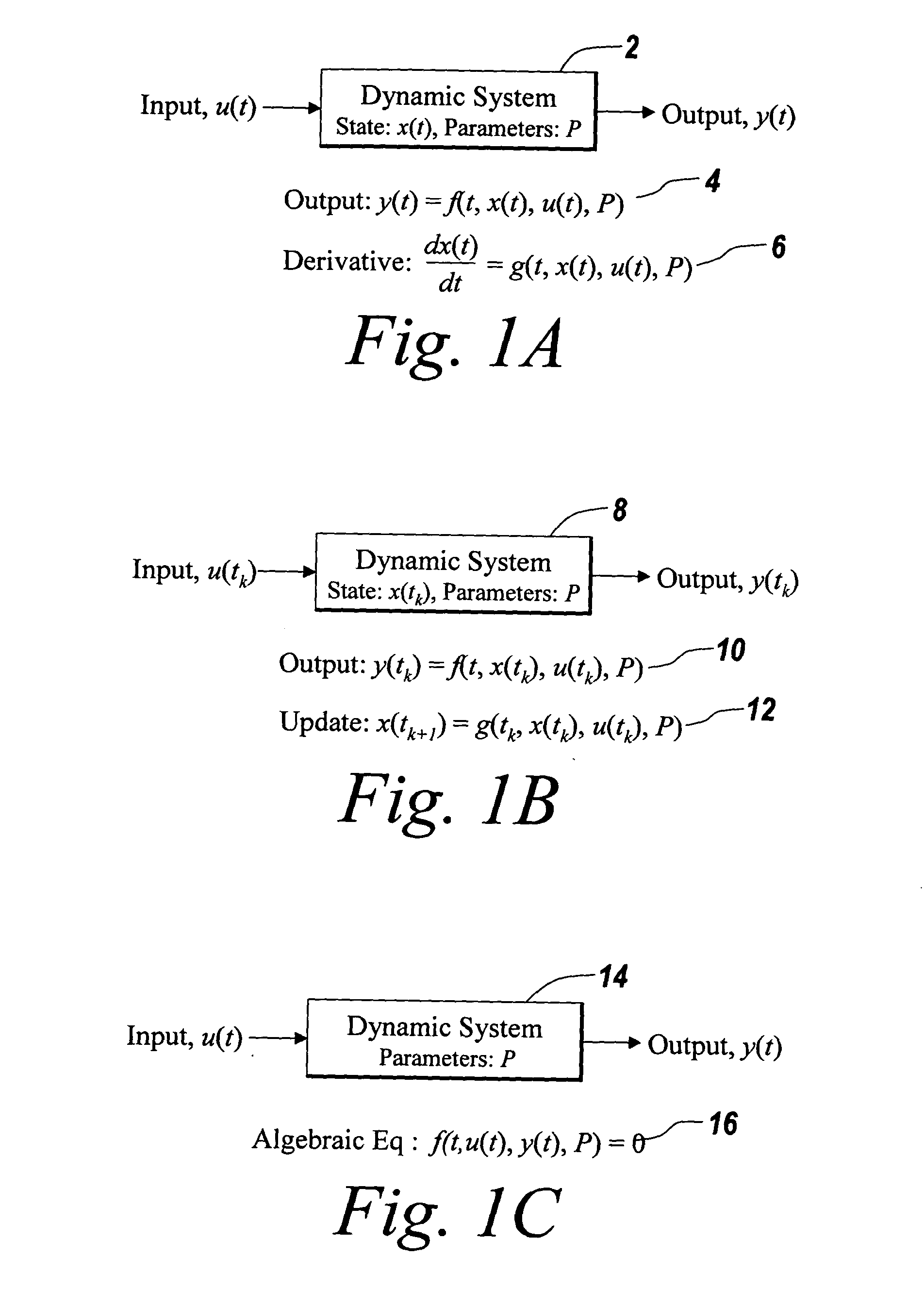Automated approach to resolving artificial algebraic loops
- Summary
- Abstract
- Description
- Claims
- Application Information
AI Technical Summary
Benefits of technology
Problems solved by technology
Method used
Image
Examples
Embodiment Construction
An illustrative embodiment of the present invention relates to an automated solution for addressing artificial algebraic loops in a block diagram or text or equation based execution, simulation, or modeling system. The automated solution involves scanning a model to identify each occurrence of a potential artificial algebraic loop. Once each potential artificial algebraic loop is identified, the present invention partitions the potential artificial algebraic loop in a regular part and a direct feedthrough part, the output of the latter is computed in the update phase of the simulation to obtain a correct output of all blocks involved. More specifically, when the blocks of the model are tasked with calculating an output, the present invention disregards the blocks in the direct feedthrough portion. Then, when tasked to update the state, the blocks in the direct feedthrough part first compute their output to obtain correct output values of all blocks in the model.
The phrase “potent...
PUM
 Login to View More
Login to View More Abstract
Description
Claims
Application Information
 Login to View More
Login to View More - R&D
- Intellectual Property
- Life Sciences
- Materials
- Tech Scout
- Unparalleled Data Quality
- Higher Quality Content
- 60% Fewer Hallucinations
Browse by: Latest US Patents, China's latest patents, Technical Efficacy Thesaurus, Application Domain, Technology Topic, Popular Technical Reports.
© 2025 PatSnap. All rights reserved.Legal|Privacy policy|Modern Slavery Act Transparency Statement|Sitemap|About US| Contact US: help@patsnap.com



